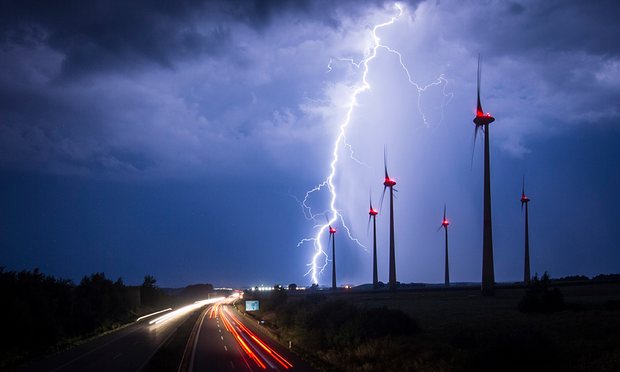German coalition agrees to cut carbon emissions up to 95% by 2050

Germany’s coalition government has reached an agreement on a climate change action plan which involves reducing greenhouse gas emissions by 80 to 95% by 2050, a spokesperson said on Friday. The plan, which will require German industry to reduce its CO2 emission by a fifth by 2030, and Germany’s energy sector to reduce emissions by almost a half, will be reviewed in 2018 with a view to its impact on jobs and society. “Especially the sector targets, included in the climate protection plan, will be subject to a comprehensive impact assessment,” government spokesperson Georg Streiter said at a news conference. He said the government agreed that the reduction targets could be adjusted in 2018. The last-minute breakthrough spares the German government some blushes for its representatives at next week’s high level segment of the Marrakech climate change conference , where pressure on Germany to show global leadership have increased after Donald Trump’s victory in the US elections. Germany’s environment minister Barbara Hendricks first presented a list of ambitious CO2 reduction targets for various economic sectors in 2015. But proposals had subsequently become bogged down by special pleading from ministers in her own governing coalition, especially the conservative-run ministries for agriculture and transport. Even Social Democrat leader and deputy chancellor Sigmar Gabriel had until recently vetoed the plans, expressing concerns that a phase-out of brown coal, which causes the highest CO2 emissions per ton when burned, could lead to large-scale job losses in affected regions. According to Reuters, the final plan contains lower reduction targets for power plants than proposed in earlier drafts. A call for introducing a minimum price for pollution certificates in the European Union’s carbon trading scheme was also reportedly scrapped. Gabriel, who is also Germany’s economic minister, said on Friday that the agreed plan represented “a very good and well-balanced solution”. He added: “Other countries will only follow in the footsteps of our very ambitious climate policy if we manage to combine the fight against climate change with the protection of industrial jobs even in energy-intensive sectors”.

